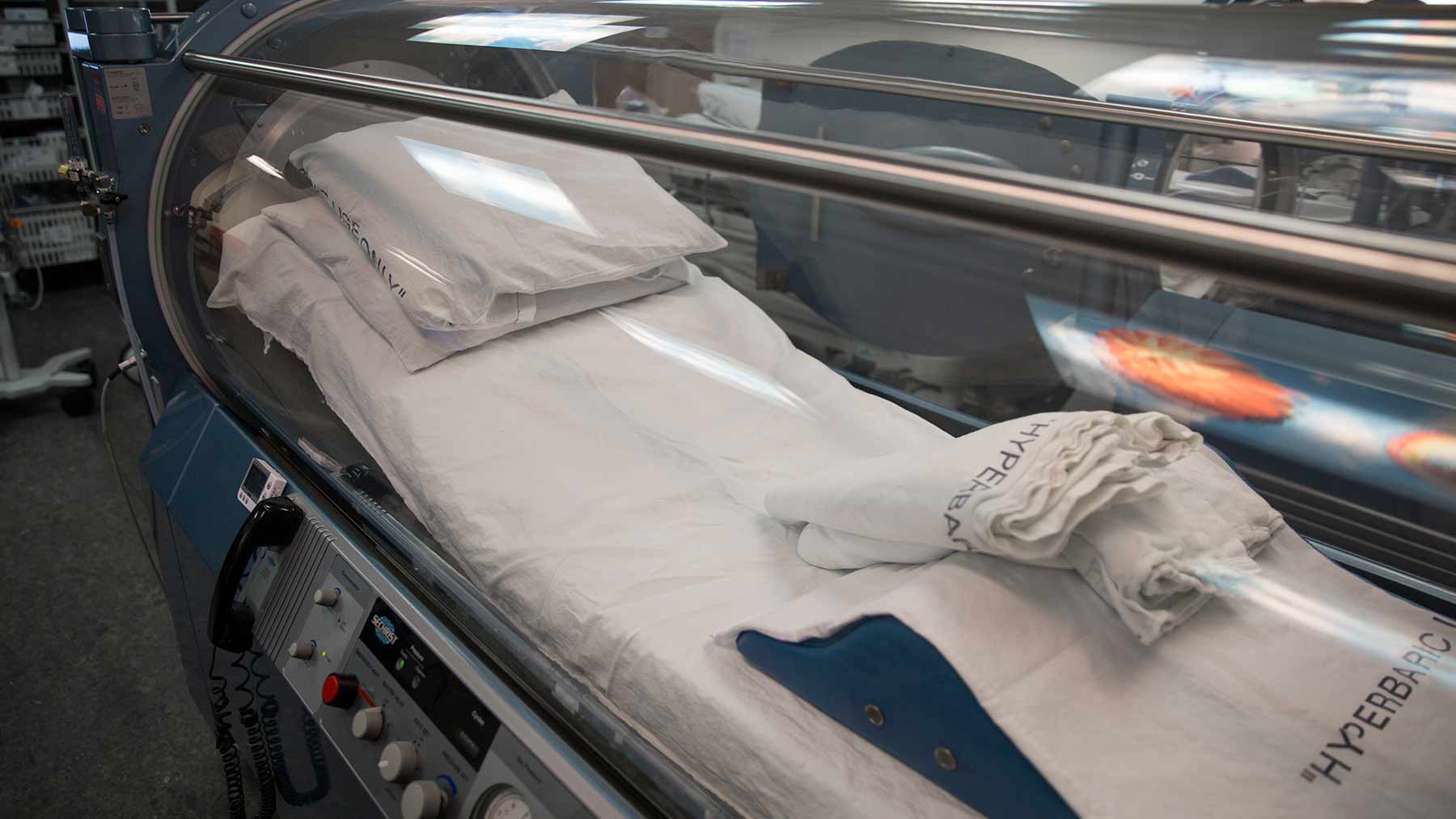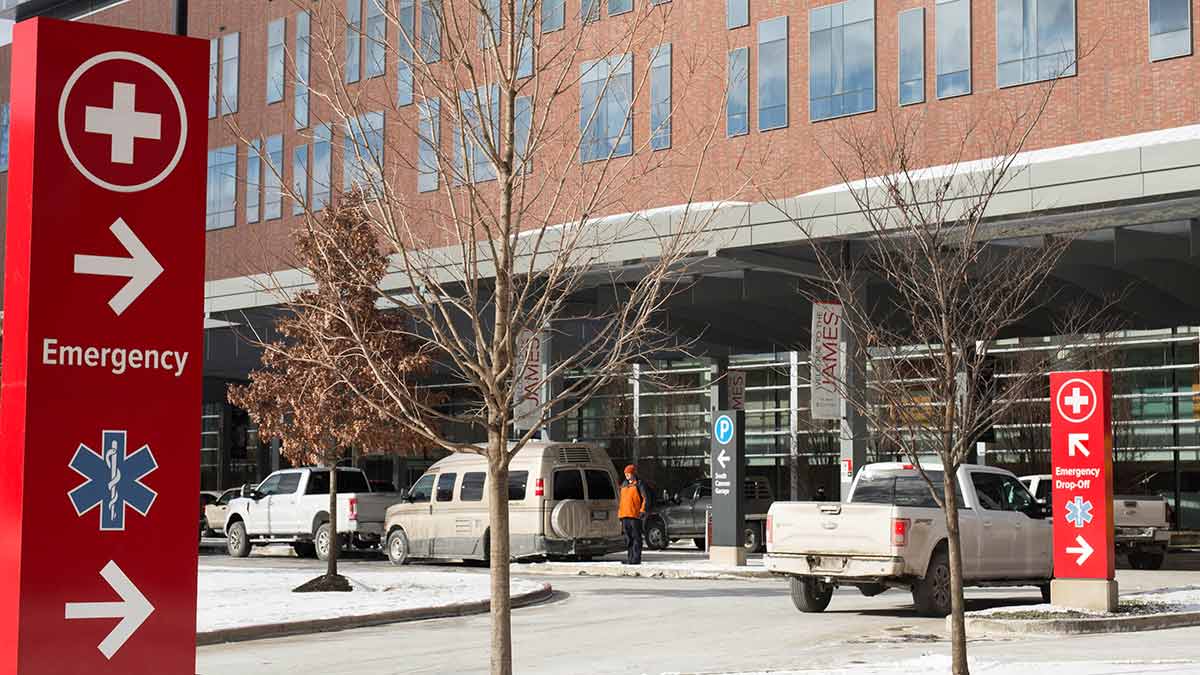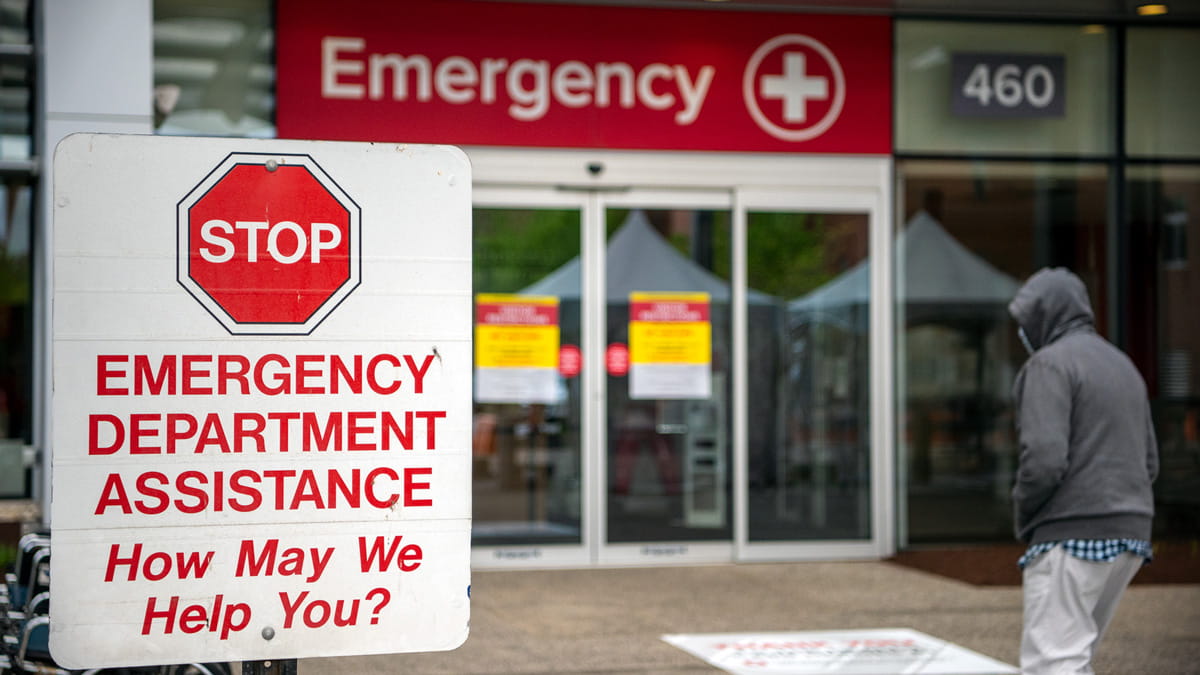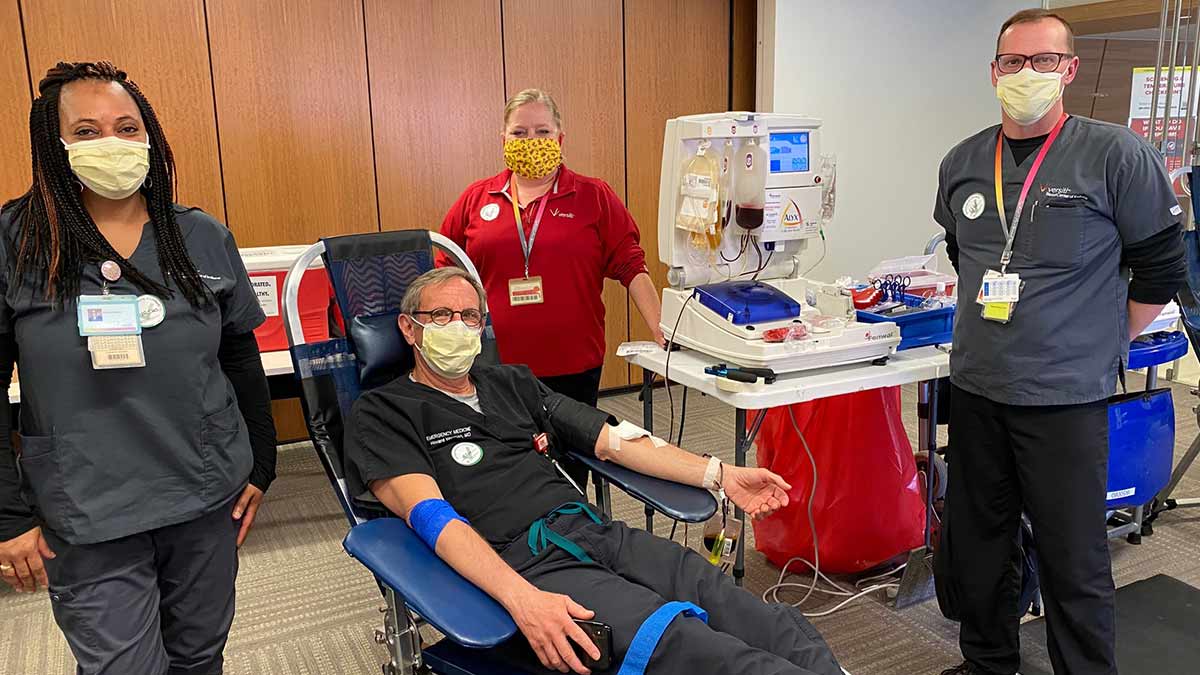What is hyperbaric oxygen therapy used for?

Hyperbaric oxygen (HBO) therapy involves subjecting patients to pure oxygen under high pressures to increase the oxygen content in the blood.
This can be beneficial to help fight infections, improve wound healing and increase oxygen supply to areas of poor or compromised blood flow.
HBO therapy is often used for patients with chronic infections that don’t respond to usual care, along with a number of acute life-threatening infections.
It’s also used to help heal complex wounds such as diabetic foot ulcers, wounds involving infected bone, tissue flaps and grafts used to cover large surgical wounds.
How is the therapy performed?
The hyperbaric oxygen chamber is a clear, 7-foot-long plastic tube with a padded table that slides into the tube. During the two-hour session, the chamber is gradually pressurized with pure oxygen, typically rising to 2.5 times the normal atmospheric pressure.
You may experience the same sensation in your ears that you feel when you ascend in an airplane, which can be minimized by yawning. Throughout the session, you’ll be monitored by wound care clinicians who are specially trained in hyperbaric medicine.
The chamber will be slowly depressurized at the end of the session. It’s normal to feel tired and lightheaded following treatment, but this usually fades within a few minutes.
Why should someone consider hyperbaric oxygen therapy?
Hyperbaric oxygen therapy can be life saving for conditions such as air gas embolism (air bubbles in the blood stream) and certain aggressive infections.
HBO therapy is also often used in combination with other treatments for chronic infections and/or poorly healing wounds.
Additionally, patients with scuba diving injuries such as decompression sickness or carbon monoxide poisoning may benefit from HBO therapy, depending on the type and severity of their symptoms.
Here are some other uses for HBO therapy:
- Anemia due to severe blood loss, when transfusions aren’t possible
- Burns, including thermal, chemical and others
- Gangrene
- Infections, including soft tissue and certain types of brain or sinus infections
- Crush injuries, when insufficient oxygen is available for tissue use
- Radiation injuries, such as damage resulting from radiation therapy for cancer
- Skin grafts that aren’t healing with traditional treatment
- Surgical wounds and adhesions
How many therapy sessions are usually needed?
What you’re being treated for will determine the number of sessions you’ll need. Treatments may be repeated over days or weeks.
For example, carbon monoxide poisoning may require shorter, more frequent sessions. But therapy for a non-healing wound may require many more sessions. Your doctor will determine what’s appropriate for you.
When should you seek this type of help?
In general, HBO therapy will be recommended by a physician, either in the emergency setting as part of a hospital-based treatment plan, or in the outpatient setting, depending on the indication/disease being treated.
There are many conditions where HBO therapy has been used “off-label” for treatment. However, evidence for benefit is often lacking. It’s generally recommended that patients don’t seek treatment without the guidance of a skilled health care provider.
Dr. Geremiha Emerson is an Emergency Medicine physician and a member of the Hyperbaric Oxygen Team at The Ohio State Wexner Medical Center.




